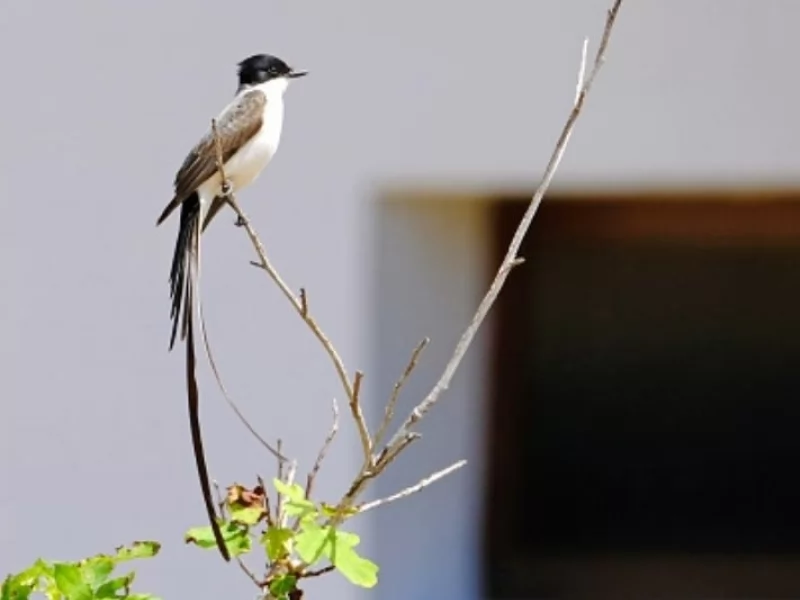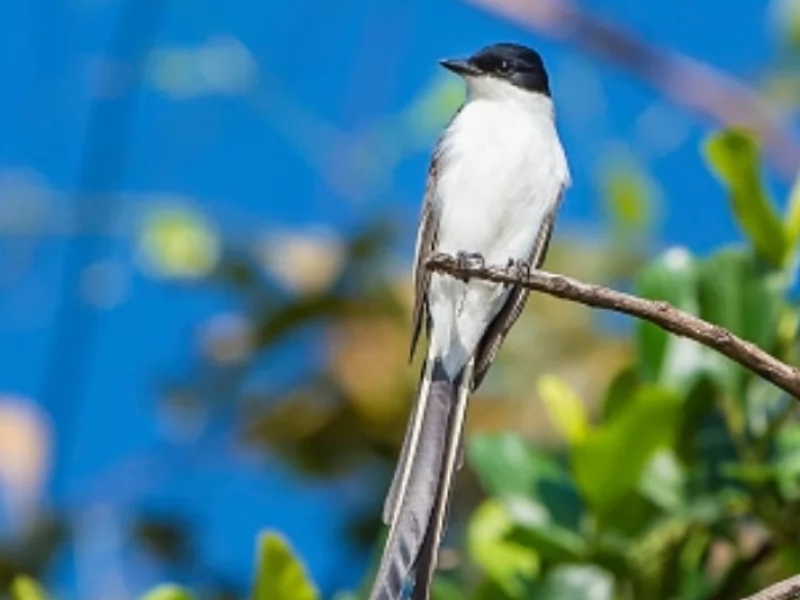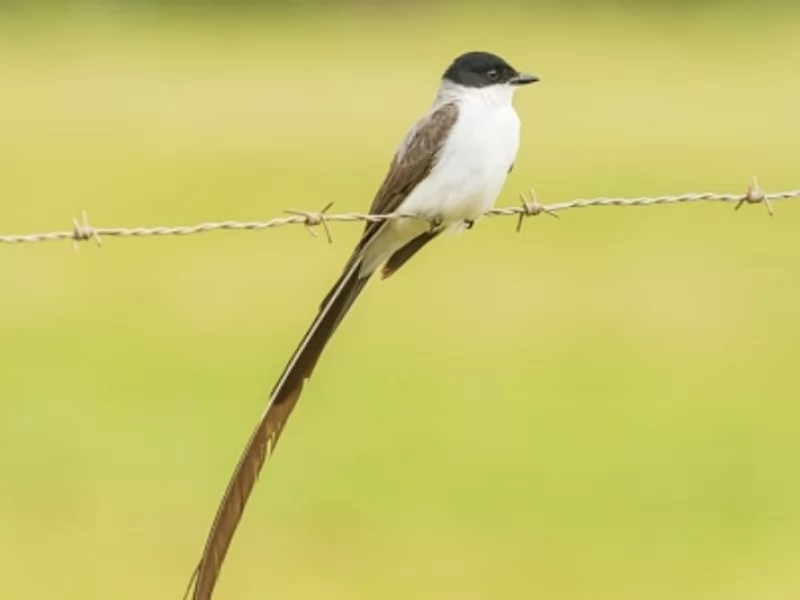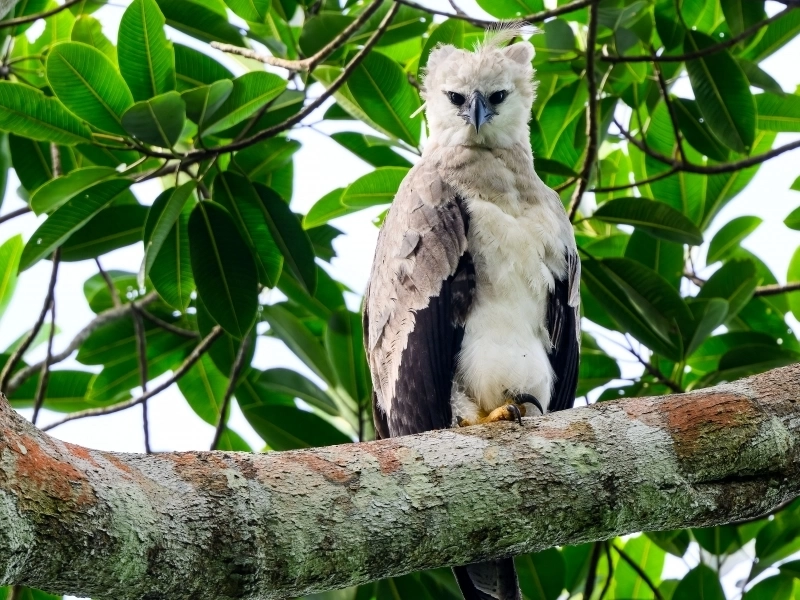News and Testimonials

Fork-tailed flycatcher
Two eminent French naturalists are related to this marvelous bird and both were victims of the French Revolution.
The first, Bernard Germain Étienne de Laville-sur-Illon, Count of Lacépède, who was also a musician and politician, and who, for opposing Robespierre during the Regime of Terror, had to go into exile to save his life. He later returned as director of the National Museum of Natural History, formerly known as the Garden of the King, and now known as the Jardin des Plantes, that is, the botanical garden of Paris. Lacépède gave the name Tyrannus to the genus, due to the aggressive characteristic of the species when defending their territory. It brings together many birds, all exclusive to America, that make up the Tyrannidae family, with more than 400 species, which in South America is the most numerous of all the avifauna families. The name of the family is the work of the Irish zoologist and politician Nicholas Aylward Vigors, who in 1825 published it in the book "Observation on the natural affinities connecting the orders and families of birds".
The other French naturalist, born 8 years earlier, was Louis Pierre Vieillot, who had to flee to the United States after the French Revolution. He was a very famous ornithologist who described 26 genera of birds and who published the species Tirannus savanna in 1808. The specific epithet alludes to the savannahs, plains with herbaceous vegetation, a word that apparently comes from the Taíno, a pre-Columbian Caribbean language of the Antillean archipelagos.
This beautiful little bird has a characteristic extremely long forked tail. That is why in Spanish it is called tail of scissors or tijereta and in English Fork-tailed Flycatcher, which could be loosely translated as fork-tailed fly catcher.
It habitually resides in open terrain in some sectors of Central America, in the Colombian and Venezuelan Caribbean, in the central part of Colombia, and in the south, in the lower part of Brazil and Argentina. And it is appreciable in almost all of Colombia, with the exception of the Pacific region.
In the list of endangered species of the International Union for the Conservation of Nature, it is in the category of Least Concern (LC).
Source:https://www.cronicadelquindio.com/noticias/fauna-1/siriri-cola-de-tijera







